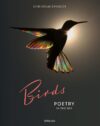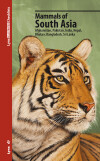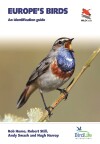Here are two new bird-finding guides that you’ll want if you’re birding these locations:
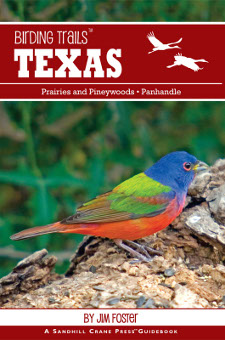 Birding Trails Texas: Prairies, Pineywoods, and Panhandle
Birding Trails Texas: Prairies, Pineywoods, and Panhandle
by Jim Foster
From the publisher (Wilderness Adventures Press):
Texas is one of the outstanding birding states, with over 400 species of birds. Texas Birding Trails features 220 birding trails and locations. Jim Foster, a noted birder, describes each trail with a list of key birds, the best time of year to visit the site, directions, terrain and size of the area, and complete directions to each trail. There are over 200 full-color photos of the key species of birds and over 30 trail maps and a birder’s check list.
The Panhandle has 51 birding sites with a number of key birds: Golden-fronted Woodpecker, Bald Eagle, Sandhill Crane, Scissor-tail Flycatcher, Pyrrhuloxia, Burrowing Owl as well as 20 species of ducks and many more birds.
The Prairies and Pineywoods – West has 90 trails or sites with many key birds such as the Spotted Towhee, Yellow-throated Vireo, Tundra Swan, Bewick’s Wren, Orchard Oriole, the Western Kingbird and many more.
The Prairies and Pineywoods -East has 79 birding trails and an opportunity to see the Pileated Woodpecker, Red-shouldered Hawk, Greater Roadrunner, Red-eyed Vireo, Greater-crested Flycatcher and many more.
Texas Birding Trails is a “must” book for both Texas and non-resident birders who want to see and record the many unusual birds.
This is an attractive and informative guide to some great birding spots.
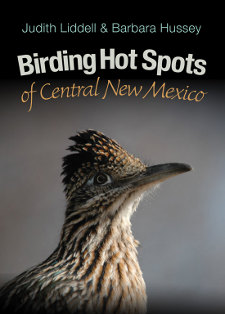 Birding Hot Spots of Central New Mexico
Birding Hot Spots of Central New Mexico
by Judy Liddell and Barbara Hussey
From the publisher (Texas A&M University Press):
From pine forest to desert scrub, from alpine meadow to riparian wetland, Albuquerque and its surrounding area in New Mexico offer an appealing variety of wildlife habitat. Birders are likely to see more than two hundred species during a typical year of bird-watching. Now, two experienced birders, Judith Liddell and Barbara Hussey, share their intimate knowledge of the best places to find birds in and around this important region.
Covering the Rio Grande corridor, the Sandia and Manzano Mountains, Petroglyph National Monument, and the preserved areas and wetlands south of Albuquerque (including crane and waterfowl haven Bosque del Apache), Birding Hotspots of Central New Mexico offers twenty-nine geographically organized site descriptions, including maps and photographs, trail diagrams, and images of some of the birds and scenery birders will enjoy. Along with a general description of each area, the authors list target birds; explain where and when to look for them; give driving directions; provide information about public transportation, parking, fees, restrooms, food, and lodging; and give tips on availability of water and picnic facilities and on the presence of hazards such as rattlesnakes, bears, and poison ivy.
The book includes a “helpful information” section that discusses weather, altitude, safety, transportation, and other local birding resources. The American Birding Association’s code of birding ethics appears in the back of the book, along with an annotated checklist of 222 bird species seen with some regularity in and around Albuquerque.
For more information, please visit http://birdinghotspotscentralnm.com
A very detailed guide that I can’t wait to use someday!
Birding Trails Texas: Prairies, Pineywoods, and Panhandle
by Jim Foster
Paperback; 392 pages
Wilderness Adventures Press; December 1, 2011
ISBN: 9781932098907
$28.95
Birding Hot Spots of Central New Mexico
by Judy Liddell and Barbara Hussey
Flexicover; 221 pages
Texas A&M University Press; October 12, 2011
ISBN: 9781603444262
$24.95


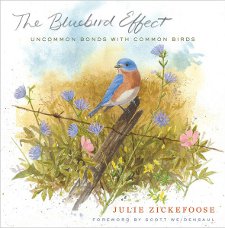 The Bluebird Effect: Uncommon Bonds with Common Birds
The Bluebird Effect: Uncommon Bonds with Common Birds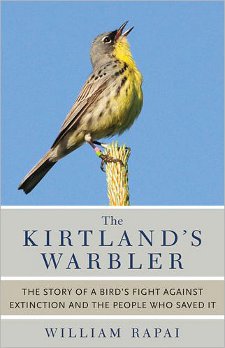 The Kirtland’s Warbler: The Story of a Bird’s Fight Against Extinction and the People Who Saved It
The Kirtland’s Warbler: The Story of a Bird’s Fight Against Extinction and the People Who Saved It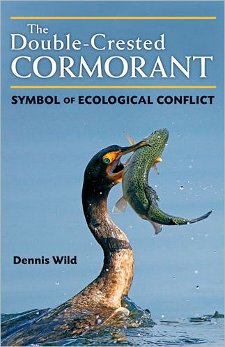 The Double-Crested Cormorant: Symbol of Ecological Conflict
The Double-Crested Cormorant: Symbol of Ecological Conflict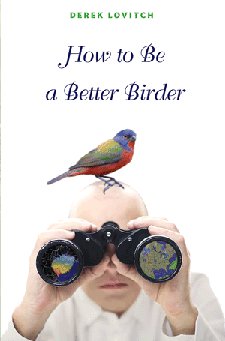 How to be a Better Birder
How to be a Better Birder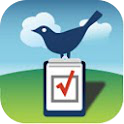 BirdsEye Bird Log
BirdsEye Bird Log idIt
idIt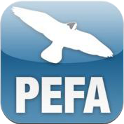 Bird Codes
Bird Codes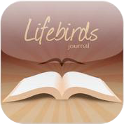 Lifebirds Journal
Lifebirds Journal Birding Trails Texas: Prairies, Pineywoods, and Panhandle
Birding Trails Texas: Prairies, Pineywoods, and Panhandle Birding Hot Spots of Central New Mexico
Birding Hot Spots of Central New Mexico



